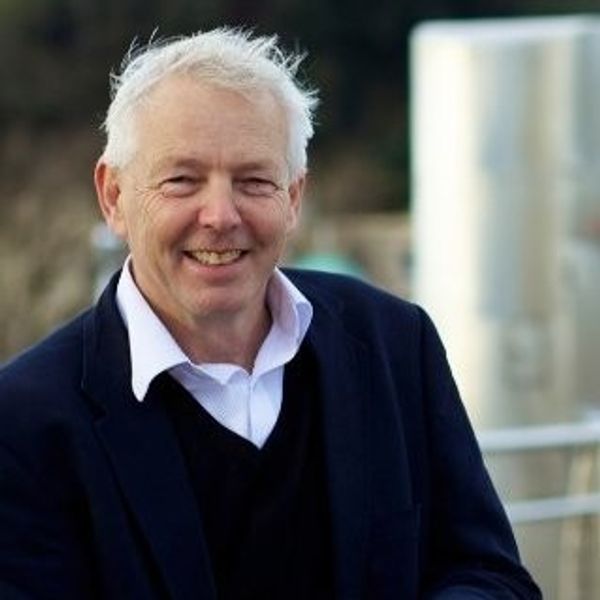Derek Elliott
Managing Director
Kay Elliott Architects
Elliott is the managing director of the Kay Elliott architecture studio, which he established in 1978 alongside Harold Kay. Under Elliott’s direction, the office has grown from a local practice to an international design studio operating in 24 countries. Elliott oversees all the studio’s projects and is particularly interested in the attractions and leisure sector work. He is an intuitive designer and original thinker. One person who nominated him said he is “the most creative thinker I have had the pleasure of working with”.
Elliott has an extensive knowledge of design. His work ranges from waterfront regeneration to zoological exhibits, from the master planning to the finishing touches. He takes a creative approach to designing and developing zoo and aquarium facilities that allow guests to explore, see and learn more about animals and their habitats. “His energy and continued excitement for the work zoos and aquariums undertake are used to fuel his innovative creativity,” one nominator said.
Kay Elliott’s projects include Sea Life aquariums in the UK, Germany, Portugal and the US, as well as Titanic Belfast, the Blackpool Tower Eye, and Wild Life Sydney Zoo. The studio has also been working on the unique reefLIVE Aquarium in Belfast’s Titanic Quarter. The venue will offer an immersive visitor experience with live displays and cutting-edge narrative technology.
Tanya Griffiths, former director of Kay Elliott, told blooloop: “We are specialists in aquaria,” she says. “It is quite a technical discipline to be operating in, within the attractions universe. Kay Elliott works together with creative consultancies who major in storytelling. We try to combine our technical capacity and creativity with storytelling, and to integrate some of the more cutting-edge ideas around what makes a good attraction, specifically in a zoological context.
“We are always trying to balance the guest experience with animal welfare, and with the operational concerns. They are complex systems to integrate. We’re also trying to drive the lowest environmental impact as we’re doing that simultaneous equation.”

